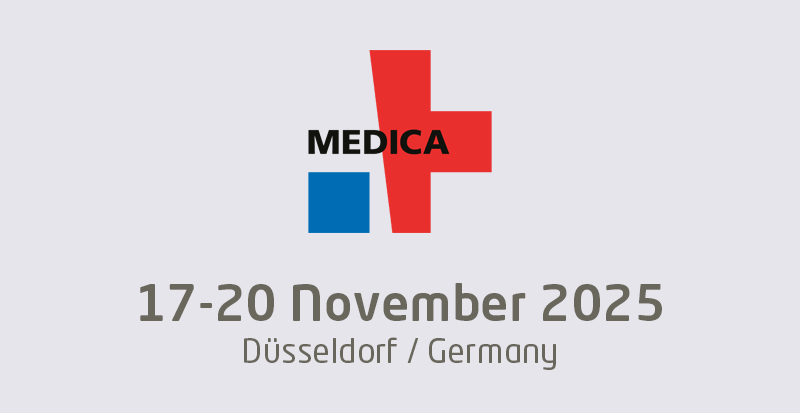Ever since President Obama flagged his intention to change the way the U.S. healthcare system works, a spotlight has been shining upon health IT as a potential driver for patient benefits.
Moving to a results-based model for funding means that, at last, incentives exist for practitioners and other health sector players to move the needle on the way their systems work. For too long the health system has been typified by inefficiency, massive wastage and, ultimately, poor employee outcomes.
So now that there is a will to do things differently, the focus moves to the “how”? The mandate is there for a change, but what barriers still lie in the way?
One of the barriers that unquestionably blocks healthcare innovation is the fact that healthcare IT systems have a tendency to be big, monolithic beasts that, by their very nature, make innovating on top of them more difficult. While it was a (relatively) easy thing for the U.S. Affordable Care Act (ObamaCare) to demand that healthcare providers track patient outcomes, the doing part of that is harder. The will is there from the providers — because they are going to be paid on improving patient outcomes. But compliance, cost of delivering apps and integrating into their legacy health systems are all holding them back.
Which is where third-party integration and development tools come in. After all, many of these efficiencies and innovative solutions will be built off the back of mobile/digital applications — these applications will be the conduits through which patients and their practitioners communicate and connect, so ensuring that these solutions can be readily created becomes important.
For these reasons, it is interesting to see an announcement today from Mobile Backend-as-a-Service (MBaaS) vendor Kinvey that it has penned a partnership with Redox, who has existing integrations into electronic health record (EHR) systems. The idea here is that developers can more easily build mobile solutions that are, from the get-go, integrated into EHR solutions.
The utility of this partnership is obvious — all but the most basic of mobile healthcare offerings will need to, at some point, touch core EHR tools. Building integrations on a case by case basis is difficult and time-consuming. By partnering with Redox, Kinvey offers its customers an easy solution to this pain.
In the health world, it is arguable that these integrations are even more difficult than in other sectors — one major problem in the health sector is the way data is formatted, stored and retrieved on different EHR systems. There is no standard, and because most systems have been highly customized, integration is difficult without detailed knowledge of each system.
It is interesting to hear from healthcare providers about their perception of the value of this partnership:
“Jefferson Health is always looking to improve the quality of patient care, and in the areas of technology innovation and consumer experience we are now using mobile apps to enhance caregiver and patient engagement. As we use Kinvey and their HIPAA-compliant mobility platform on the Google Cloud Platform to develop some of our mobile apps, we are excited about Kinvey’s partnership with Redox,” said Neil Gomes, vice president for technology innovation and consumer experience at Thomas Jefferson University and Jefferson Health. “Although we are not currently a customer of the Redox EHR integration platform, we recognize that its advertised functionality could help us implement secure apps that connect into Electronic Health Record systems in an extremely agile fashion. This built-in integration benefit would allow our designers and developers to focus on product innovation and exceptional UI/UX, while Kinvey, Redox, and Google serve up the mobile backend platform. This will get us closer to our goal of being able to aggregate meaningful, real-time and contextual patient information, and integrate it to EHR systems to help our clinicians deliver better and more efficient care.”
In terms of the functionality and breadth of different tools that this partnership covers, the combined offering delivers a broad range of tools to developers:
- Access to data from popular EHR systems including EPIC, Cerner, Allscripts, Athena, AdvancedMD, NEXTGEN, McKesson, Meditech, GE Healthcare, Greenway, eClinicalWorks, DocuTAP, drchrono, CPSI and QRS Health Solutions
- Enables mashups of data from EHR and other enterprise systems including SAP, Oracle, Sharepoint and Salesforce
- Frees frontend developers from learning the nuances of EHR systems by giving them a single protocol, data format, and query language, no matter what the EHR
- Provides backend developers a way of providing secure, controlled access to EHR systems through a reusable service catalog

























